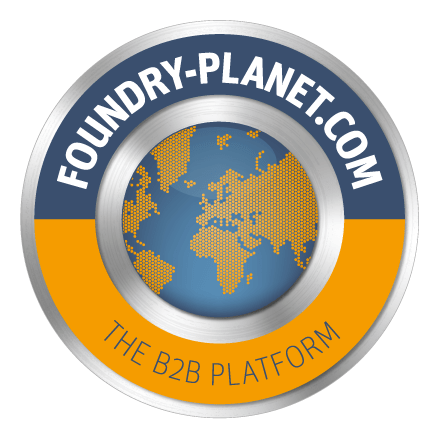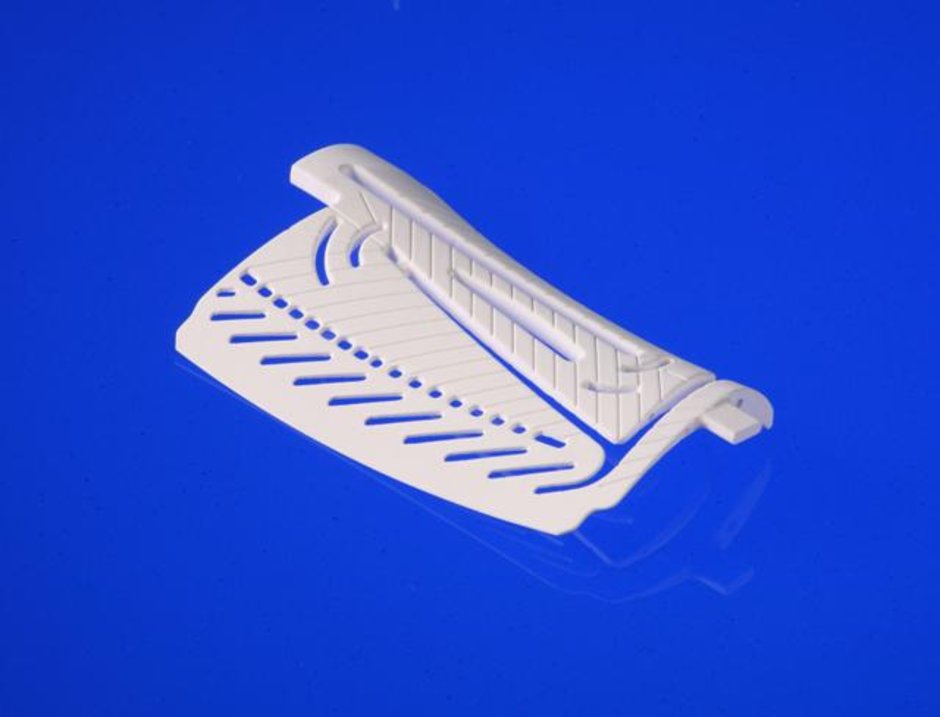Introduction
The remarkable properties of ceramic cores including stability in extreme conditions, refractory qualities and strength have made them ideal for a wide range of applications in theinvestment casting industry.
These cores help in the development of internal cavities that are either small or difficult to be shelled at the time of investment casting. However, in order to achieve quality results, the ceramic cores need to be made from an appropriate material depending on the application.
Another important parameter to be considered is the type of alloy used for casting. Ceramic cores can be cast with different types of alloys including titanium, aluminum, steels, and nickel and cobalt based alloys. However, there should be a perfect match between the ceramic and alloy used. Further, the parameters like the size and complexity of the cast material, andleachability also have a large impact on the selection of ceramic core.
Examples of Ceramic Core Casting
The following are some of the frequently used ceramic core materials and their casting processes:
- >97% alumina - This material is ideal for Equiax casting that involves pre-heating ceramic moulds to a temperature below the point of alloy solidification. Thus, upon entering the mould, the alloy quickly freezes, leaving behind a uniform grain structure. Ceramic materials containing over 97% alumina can be used with a wide range of alloys like nickel and cobalt-based alloys such that the ceramic is produced as a single material with coarse particle size distribution. Moreover, ceramic materials made of >97% alumina cannot be leached through standard methods. However they exhibit superior refractory qualities and strength.
- >95% zircon – This is another material suitable for Equiax casting. It can be used with alloys containing high cobalt levels. In general, cobalt reacts with cores containing high silica content. Ceramics containing >95% zircon have a coarse particle size which makes them suitable for large, chunky part casting. These ceramics are non-reactive and can be mechanically eliminated or using water blasting technique.>94% zirconia – Ceramics containing >94% zirconia can be used in Equiax casting, as they provide excellent results in combination with titanium alloys. These ceramics have fine particle size and can be removed by water jet, sand blast or knock out.
- 100% fused silica – Fused silica is another ceramic suitable for Equiax casting. It can be used with most of the nickel and aluminum alloys. Fused silica ceramics comes in different particle size distributions, enabling the manufacture of varying geometries. These materials are leachable by water jet removal. Fused silica is resistant to hot tearing, weak and stable.96% fused silica, 2% zircon, 2% alumina – The ceramic material of this combination is employed in directionally solidified and single crystal casting, and in most of the DS and SX alloys. The ceramic material has a fine particle size which allows it to be used in the casting of small, complex parts. The material is leachable and suitable for casting blind passageways. The material exhibits high stability at elevated temperatures.
- 74% fused silica, 24% zircon, 2% alumina - The combination of 74% fused silica, 24% zircon and 2% alumina can be used in alloys with high temperature pre-heats, Equiax, and directionally solidified or single crystal casting. It is frequently used with DS, SX and most nickel-based alloys. It exhibits various particle size distributions, wide range of geometries and good leachability. The combination has high stability at elevated temperatures, and can be used for various core designs and sizes.
Figures 1 and 2 show components cast using ceramic core casting.
Other Casting Procedures
Following firing, the ceramic core may undergo additional processes to improve its performance at the time of investment casting process. These processes include impregnation of the core to enhance its stability at room or high temperatures. Some of the commonly used impregnation solutions include urea, water soluble polymer and colloidal silica.
Coating of the core surface to control grain growth or avoid core/melt reaction is another enhancement technique performed on heated core. The most common coatings include alumina and cobalt aluminate coatings. Regardless of the post-firing process, most of the materials are easily scraped out from casting through chemical leaching or using water jets.
Conclusion
The ease of removal after casting, high strength and stability in extreme conditions enable the ceramic materials to be widely employed in investment casting applications for various sectors. Modern ceramic materials have high performance, and are cost effective and suitable for complex casting processes.
However, modern casting procedures also involve the adaptation of most of these ceramic materials to meet the requirements of specific customers while the currently available methods can produce ceramic cores depending on the appropriate material.
About Morgan Advanced Materials
Morgan Advanced Materials is a global materials engineering company which designs and manufactures a wide range of high specification products with extraordinary properties, across multiple sectors and geographies.
From an extensive portfolio of advanced materials we produce components, assemblies and systems that deliver significantly enhanced performance for our customers’ products and processes. Our engineered solutions are produced to very high tolerances and many are designed for use in extreme environments.
Our materials scientists and applications engineers work in close collaboration with customers to create outstanding, highly differentiated products that perform more efficiently, more reliably and for longer.
Morgan has a global presence with over 9,000 employees across 50 countries serving specialist markets in the energy, transportation, healthcare, electronics, petrochemical and industrial sectors. It is listed on the London Stock Exchange in the engineering sector.
This information has been sourced, reviewed and adapted from materials provided by Morgan Advanced Materials.
For more information on this source, please visit Morgan Advanced Materials.
Source: Azom.com


